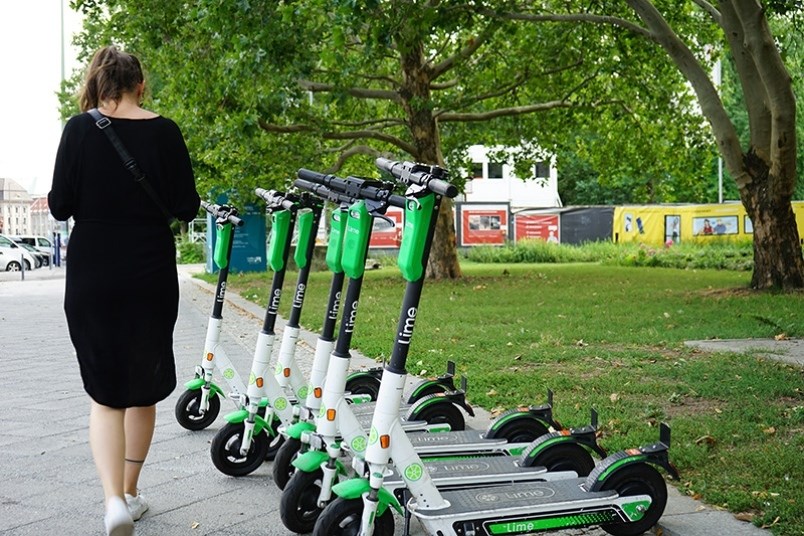Anyone who knows me knows I love to bike. A trusty two-wheeler has been my primary (albeit not only) form of transportation my entire life.
Since living in Richmond, I’ve never understood why more people don’t cycle, given it rarely snows (although black ice is a killer) and it’s flat.
The biggest complaint I’ve heard is traffic and the whole, “OMG, you’re taking your life in your hands.”
I agree the city hasn’t done a great job of incorporating bikes into the total street infrastructure the way cities like Vancouver or Ottawa have. We do have bike lanes (although not enough) and some great recreation paths, but unless you’re living near one of them, good luck.
Since the pandemic hit, those paths and lanes have filled up. Fear of public transit and just a desire to get out, get active and stay safe has inspired many to dust off their old bikes or buy a new one and hit the pavement.
Ironically, it’s been the opposite for me.
Working from home means I’m more often walking or running along the pathway than biking. And the switch-up has given me a different perspective, which brings me (via a long and circuitous route) to the issue of electric bikes and scooters.
In the past year, there has been a huge surge in these e-mobiles. This is a great thing. Whatever gets people out of gas-guzzling cars is what we should be doing.
But with every new kid on the path, there’s need for adjustments.
A couple of weeks ago we did a story on people frustrated with e-scooters, particularly those used for food delivery, riding on sidewalks, holding up traffic and not adhering to the rules of the road. That was followed by a number of letters saying the same.
Now, the city is looking at getting on board a provincially led e-scooter pilot project.
Currently e-scooters (not to be confused with electric wheelchairs, which are allowed on sidewalks) are not allowed on roads or sidewalks.
Obviously, that regulation is not being enforced. Hence the pilot project, which will allow e-scooters on any street where the speed limit is 30 kilometres per hour.
They will also be allowed on paved pathways such as Railway, Middle Arm and Imperial Landing greenways, but not on sidewalks or unpaved trails such as the dike due to their instability on uneven surfaces.
Meanwhile, e-bikes, which are not part of this pilot project, will continue to be regulated the same as regular bikes.
I can’t imagine the city not applying to be part of the three-year pilot. E-scooters should be welcome into the city’s transportation ecosystem. But while they’re at it, the project should be looking at e-bikes. The issue is not if they should be allowed but where and how fast they can be ridden.
While e-scooters have a maximum speed of 24 kilometres per hour, e-bikes top out at about 32 kilometres per hour. Putting either of them on the same path as a kid on her tricycle or senior with his walker could be trouble. (Richmond is considering e-scooter speed limits of 15 km on paths and 20 km on roads.)
There already is tension between riders and pedestrians on these shared paths. As a cyclist, I don’t know why pedestrians feel the need to wander all over the path or how they don’t know what “on your right” means?
As a pedestrian, it’s, “are you kidding me? You have to fly by within an inch of my elbow?”
In other words, I predict a collision in the making, if not physical at least verbal.
I would truly hate to see anything discourage the use of these e-mobiles. They are exactly the kind of affordable, green, healthy vehicles we need to be using.
I just don’t want to get mowed down on my next run.



.JPG;w=120;h=80;mode=crop)